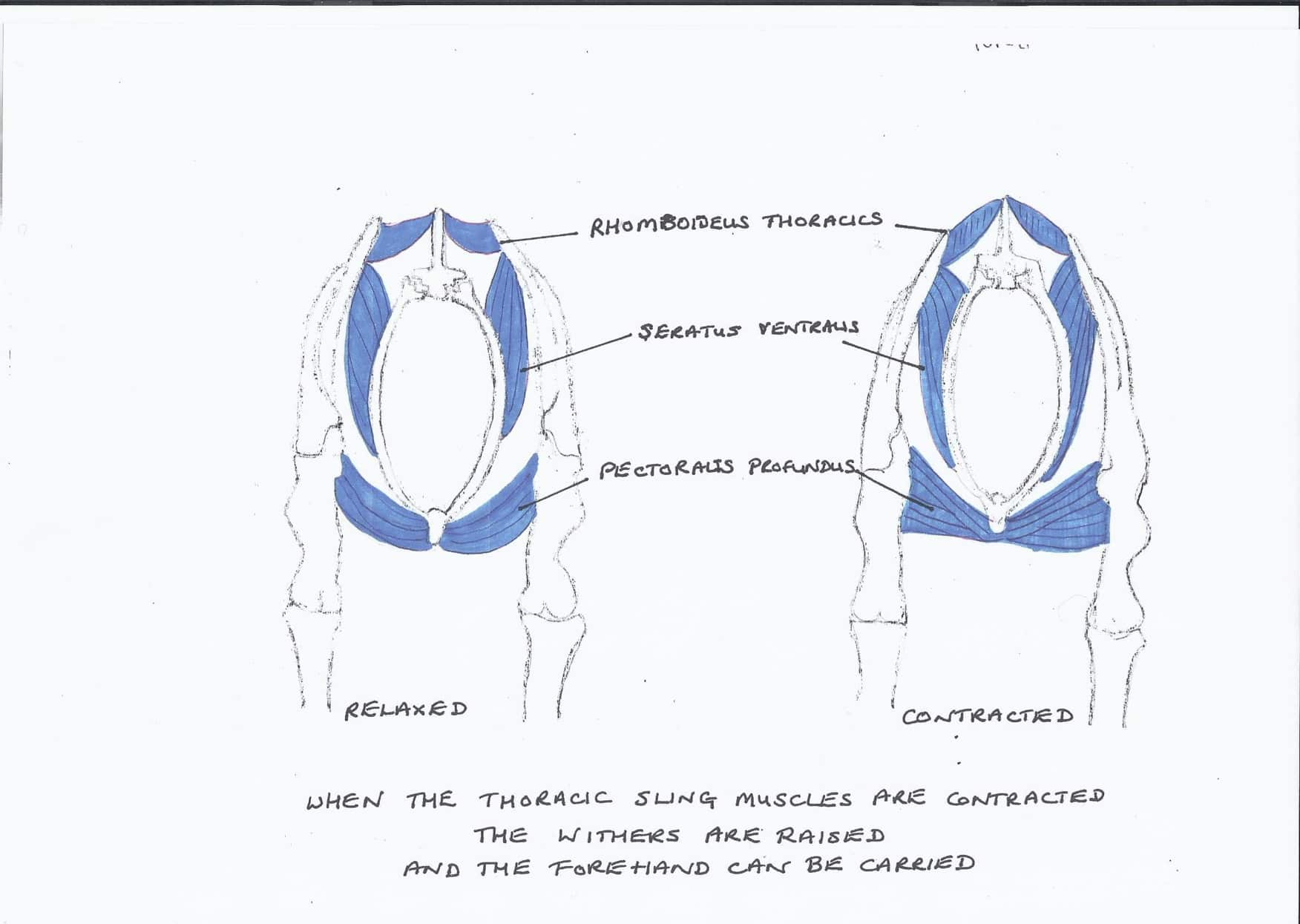Featured, Performance & Fittening, Training, Training and Management
How do we create lift and impulsion?
Liz Eaton FBHS, explains why it’s not all about the engine behind
When I was a teenager my boyfriend owned an elderly Ford escort. He decided it needed more impulsion, so he installed a new engine far more powerful than the car had been designed for. The result was something that was hideous to drive, unbalanced, dodgy steering and brakes, that couldn’t cope with the power being generated.
I am often reminded of this when I come across horses that have either been bred to have a massive engine or, trained in such a way that forward thrust became the total focus. If we want to enjoy a horse that Is balanced, supple and able to fulfil his athletic potential, we need to consider the role of the forehand of the horse as well as the hind quarters. Without wishing to state the obvious the horse is a quadruped – he is designed to have four-wheel drive. While our goal is to transfer as much weight on to the hindquarters as possible, if we neglect to train the horse to use his forehand correctly it is akin to not inflating the front tyres or indeed, having any suspension.
The thoracic sling
As we know the horse has no clavicle; his front limbs are designed to absorb shock through the thoracic sling structure. As he develops through correct training, this structure becomes stronger, broadening the chest and lifting the withers. The challenge to this is the weight of the rider and the saddle, together with girth and leg pressure, meaning that from the beginning, the horse has obstructions in his way.

Depending on the individual temperament and conformation, exercises should be chosen that will strengthen the hindquarters and, enable the horse to position his hind leg so it is possible for him to carry his weight and that of the rider, forward. However, without developing the ability to “come up through the withers”, that power will drive the horse out of balance and on to the forehand.
The sooner a horse is taught how to engage his forehand and lift his shoulders, the easier everything else becomes. In hand work will make this easier for the horse to learn, as he won’t have the weight of the rider to contend with. Polework can assist in teaching how to use the core to support the body, while learning to raise the shoulders independently. Once under saddle young horses often use the poll to stabilise themselves when they are weak elsewhere.
The aim of training is to strengthen the thoracic sling muscles symmetrically, so that the forehand is supported there rather than by a tight poll and jaw. Training across a slope in both directions, raised poles on a circle and, correctly ridden lateral work will assist in developing a physically well balanced and athletic horse.
Remember also, the importance of a well-fitting saddle that doesn’t impede the shoulder and, a coach who is particular about rider balance and position.

Pingback: Balance – how does a lack of it create tension? - The Horse Hub